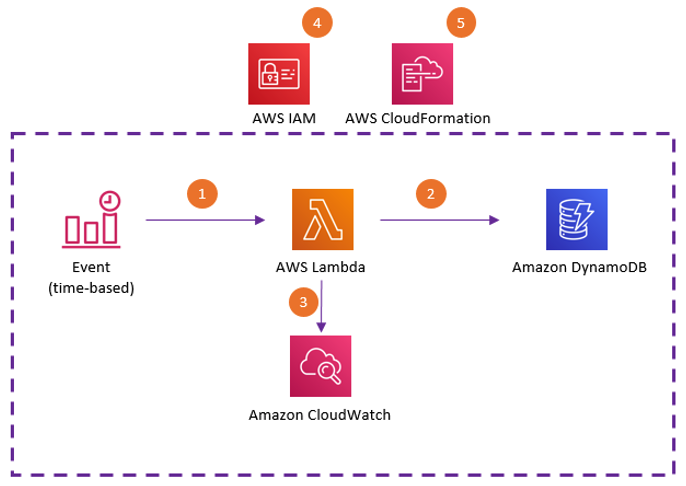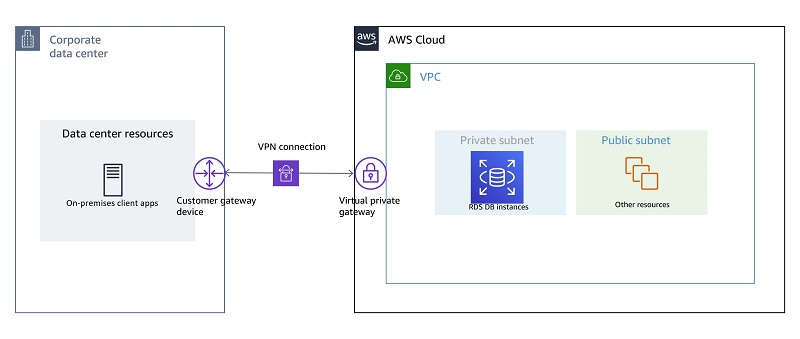AWS Database Blog
Cross-Region disaster recovery using Amazon Aurora Global Database for Amazon Aurora PostgreSQL
Critical workloads with a global footprint have strict availability requirements and may need to tolerate a Region-wide outage. Traditionally, this required a difficult trade-off between performance, availability, cost, and data integrity, and sometimes required a considerable re-engineering effort. Due to high implementation and infrastructure costs that are involved, some businesses are compelled to tier their […]
Safely reduce the cost of your unused Amazon DynamoDB tables using on-demand mode
Imagine that you have thousands of Amazon DynamoDB tables for development and production environments. You want to decommission the tables that nobody uses, because that’s what the AWS Well-Architected Framework recommends for cost saving. How can you find unused tables quickly? Moreover, how to ensure you don’t incur any application availability impact after decommissioning the […]
Best practices for Amazon RDS for PostgreSQL major upgrades and replicas
When Amazon Relational Database Service (Amazon RDS) supports a new version of a database engine, you can upgrade your DB instances to the new version. Latest engine versions released by PostgreSQL community contain fixes for bugs, security issues, and data corruption problems. Generally, Amazon RDS aims to support new engine versions shortly after their availability. […]
Building resilient applications with Amazon DocumentDB (with MongoDB compatibility), Part 2: Exception handling
Amazon DocumentDB (with MongoDB compatibility) is a fast, scalable, highly available, and fully managed document database service that supports MongoDB workloads. You can use the same MongoDB 3.6, 4.0 or 5.0 application code, drivers, and tools to run, manage, and scale workloads on Amazon DocumentDB without worrying about managing the underlying infrastructure. As a document […]
Creating Amazon Timestream interpolated views using Amazon Kinesis Data Analytics for Apache Flink
August 30, 2023: Amazon Kinesis Data Analytics has been renamed to Amazon Managed Service for Apache Flink. Read the announcement in the AWS News Blog and learn more. Many organizations have accelerated their adoption of stream data processing technologies in an effort to more quickly derive actionable insights from their data. Frequently, it is required […]
Designing high-performance time series data tables on Amazon RDS for PostgreSQL
This post was updated May, 2022 to include resources for forecasting models and insights for time series data. Many organizations need to store time series data. Some organizations have applications designed to store and query large amounts of time series data such as collecting metrics from a fleet of internet of things (IoT) devices. Others […]
Amazon DocumentDB (with MongoDB compatibility) re:Invent 2020 recap
August 30, 2023: Amazon Kinesis Data Analytics has been renamed to Amazon Managed Service for Apache Flink. Read the announcement in the AWS News Blog and learn more. AWS re:Invent 2020 was a very different event than past re:Invents, given the travel shutdown imposed in response to COVID-19, but that didn’t stop the Amazon DocumentDB […]
Using Amazon RDS for SQL Server in a hybrid cloud environment
A common use case in an enterprise cloud database adoption strategy is to move your database workloads to the cloud first, while slowly moving the rest of your applications in batches. This post looks into the various possible scenarios and configurations you can use when accessing an Amazon Relational Database Service (Amazon RDS) for SQL […]
The 20 most-visited Amazon DynamoDB documentation pages
Over the last 6 months, customers visited the following 20 Amazon DynamoDB documentation pages more than all others (the list is ordered from the most-visited page to the least). Use this list to see what other AWS customers have been reading and decide what to learn next. What Is Amazon DynamoDB? This brief introduction to […]
Managed planned failovers with Amazon Aurora Global Database
Amazon Aurora is a relational database service that combines the speed and availability of high-end commercial databases with the simplicity and cost effectiveness of open-source databases. Aurora has a distributed architecture that replicates a shared storage volume across three Availability Zones to provide a high availability solution with no data loss and failover time measured […]









